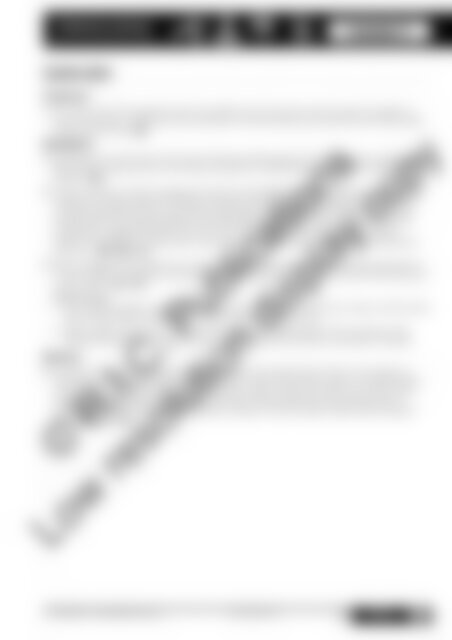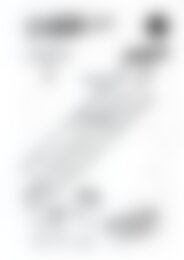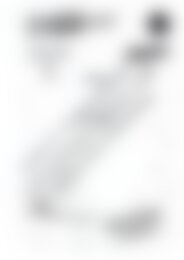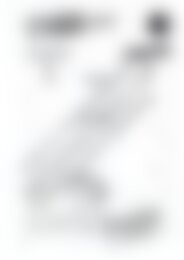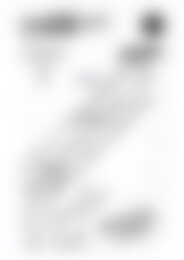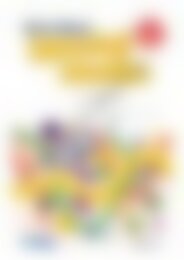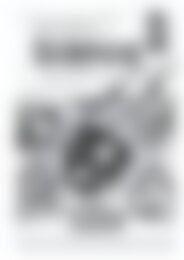6172RB Science a STEM approach Year 2 low res watermark
Create successful ePaper yourself
Turn your PDF publications into a flip-book with our unique Google optimized e-Paper software.
Chemical sciences<br />
LIVING IN A MATERIAL WORLD<br />
Lesson 2<br />
Lesson plan<br />
Introduction:<br />
1. As a class, read a few pages from the story What if rain boots were made of paper? at . Discuss the final sentence. Should everything be made of metal? Why? What<br />
things shouldn’t be? QP<br />
Development:<br />
2. Ask students to think about their school playground. What objects will you find in the playground?<br />
What kind of materials do you think they are made from? Will anything be made from paper? Metal?<br />
Rubber? QP<br />
3. In pairs, students conduct a playground search to find different materials and their uses. Students<br />
identify four objects made from different materials and take a digital photograph. Students then<br />
complete page 48 with their observations. Alternatively, display page 51 to the class as a guide.<br />
Students then use a digital application like PowerPoint or ShowMe to add written details to the<br />
image taken. Suggested objects they may find in the playground include a slide, a sandpit,<br />
benches, monkey bars, a grass area, soccer nets, a basketball court, cricket pitch, brick pathways<br />
and so on. PC PA C<br />
4. Pairs of students find another pair to show their digital p<strong>res</strong>entation to and compare observations<br />
of which different materials are used in the playground. Pairs can continue to share with other pairs<br />
as time al<strong>low</strong>s. E C<br />
Differentiation<br />
• Less capable students can draw and label to record information about four objects. Alternatively,<br />
they may be asked to complete information about two objects only.<br />
• More capable students can complete their worksheet independently. They could also write<br />
additional objects made from the same material, or find more than four examples of objects.<br />
Reflection:<br />
5. Conduct a class tally showing which type of material was observed most often. Ask students to<br />
raise their hand if they observed something plastic, metal, wood, fabric, paper or something else,<br />
and record <strong>res</strong>ults. In pairs, students discuss why a certain material was found more often in the<br />
playground, and compare to predictions from Step 2. What properties of the material make it<br />
suitable for an outdoor playground? Would you expect to see an outdoor object made of paper?<br />
Why? PA E C<br />
© R.I.C. Publications<br />
Low <strong>res</strong>olution display copy<br />
R.I.C. Publications® – www.ricpublications.com.au 978-1-925431-95-7 YEAR <strong>Science</strong>:<br />
2 A <strong>STEM</strong> APPROACH 47


